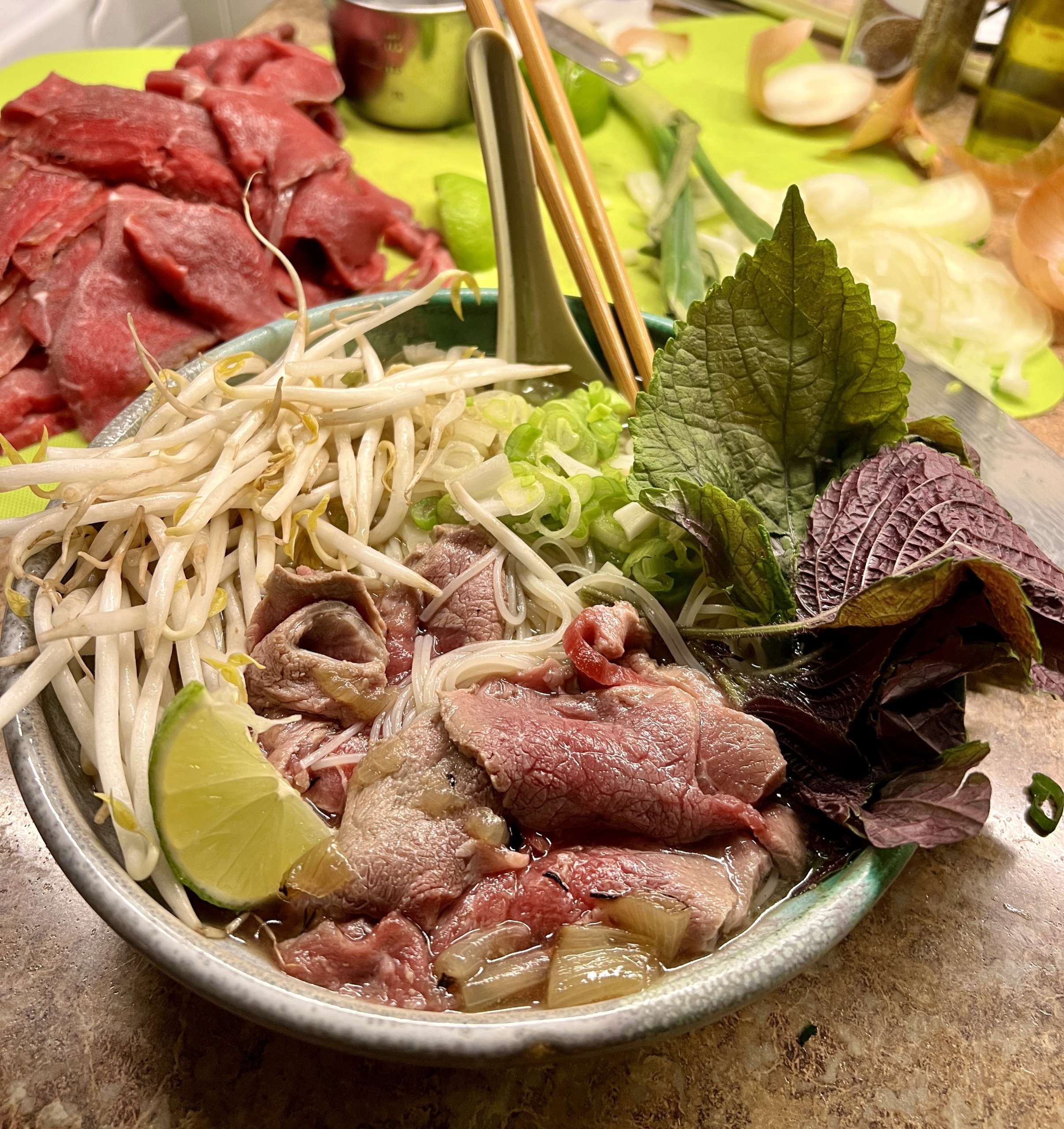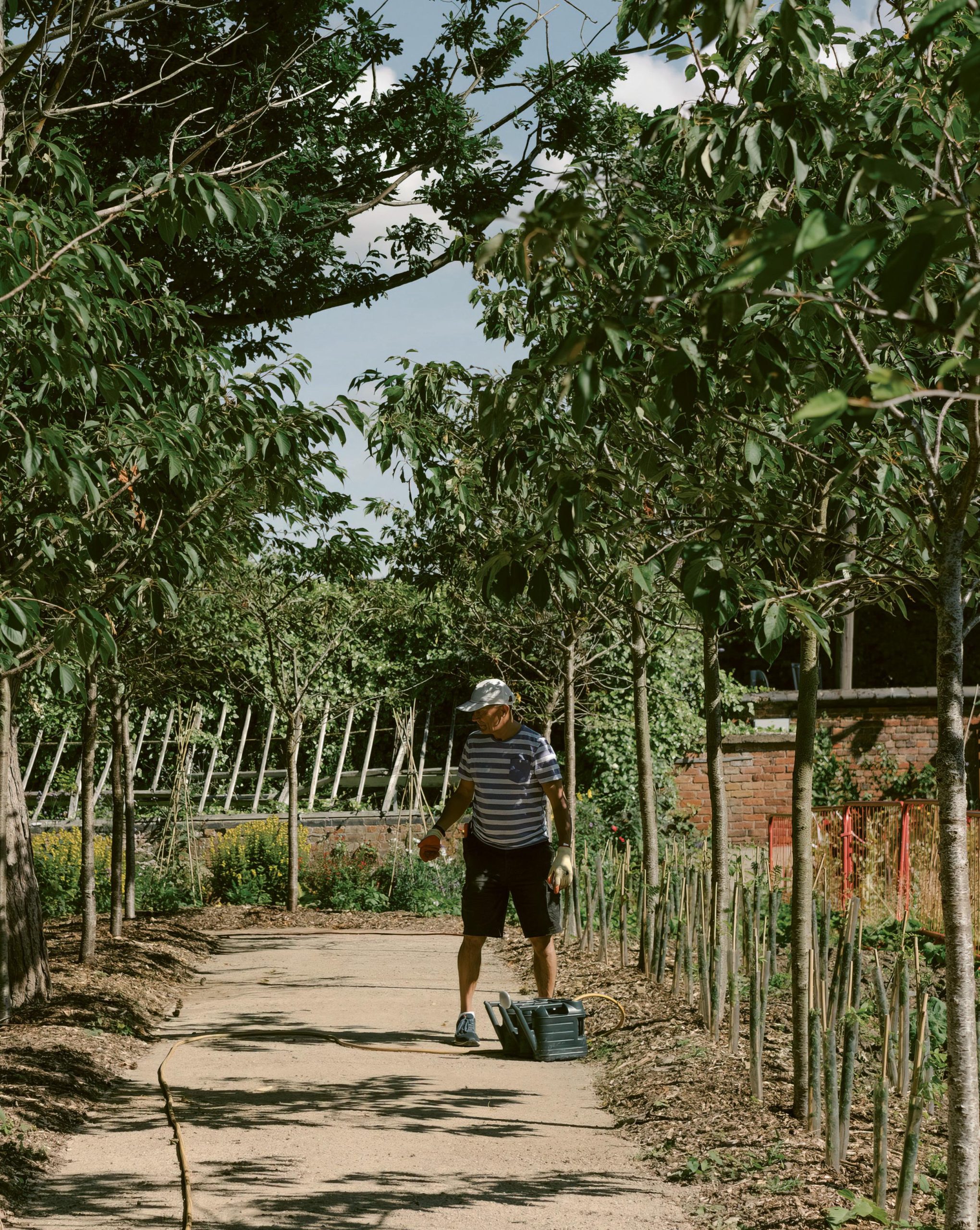Wild Cuisine: Exploring Nature’s Flavors and Ingredients in Creative Recipes

Discovering Culinary Treasures Beyond the Supermarket
In our modern culinary landscape, where grocery aisles overflow with global ingredients, a vibrant movement is emerging that invites us to look beyond the shelves: wild cuisine. This fascinating exploration encourages food enthusiasts to immerse themselves in the natural world, tapping into flavors and ingredients sourced directly from the earth. By shifting our focus to wild ingredients, we not only enhance our culinary experiences but also nourish our appreciation for the environment.
What truly sets wild cuisine apart is its deep connection to the seasons and the local ecosystem. Here are some of its most captivating features:
- Seasonal Ingredients: Wild cuisine is intrinsically linked to the rhythm of nature. For instance, in the spring, foragers might set out to find the pungent taste of ramps, a wild onion that adds a splash of flavor to various dishes. Summer brings an abundance of fresh blueberries and blackberries that can be transformed into vibrant jams or juicy desserts. In autumn, one might find nutty beech mushrooms or sweet wild apples, perfect for hearty soups and warm pies.
- Foraged Delicacies: The thrill of foraging invites chefs and home cooks alike to explore uncommon edibles. Let’s consider the chanterelle mushroom, celebrated for its unique flavor and delicate texture; it can elevate a simple pasta dish to a masterpiece. Similarly, dandelion greens and nettle, often considered weeds, are packed with nutrients and can be utilized in everything from salads to pesto.
- Unique Flavors: The essence of wild herbs and fruits can elevate even the most mundane recipes. For instance, locally-foraged wild garlic can add boldness to a traditional garlic bread, while wild fennel might infuse fish with an aromatic, anise-like flavor that awakens the taste buds.
The renaissance of wild cuisine is more than just a culinary trend; it reflects a growing interest in sustainability and local sourcing. As people become increasingly conscious of their food choices, wild cuisine provides a way to engage with the environment and support biodiversity. This practice fosters a sense of stewardship for the earth, leading many to appreciate not only the food they consume but also the ecosystems that produce it.
As we embark on this journey into the heart of wild cuisine, we invite you to discover innovative recipes that celebrate the flavors of nature. From wildcrafted herbal teas to foraged salads bursting with freshness, the thrilling world of wild cuisine promises to enhance your culinary repertoire and deepen your connection to the natural world. So, don your foraging hat and join us as we explore the hidden treasures waiting in the wild!
DISCOVER MORE: Click here to dive deeper

Uncovering the Art of Foraging
As the movement towards wild cuisine gains momentum, the art of foraging has emerged as a central theme in this captivating culinary exploration. Foraging not only connects us to our food but also offers a sensory experience that is unparalleled in its richness. The practice invites individuals to step outdoors, engage with nature, and harvest ingredients that many overlook when confined to traditional grocery stores. Knowing what to seek, where to look, and when to harvest can be profoundly gratifying, making every expedition into the wild a personal culinary adventure.
For those just beginning their foraging journey, it is essential to cultivate a foundational knowledge of wild edibles. Many resources, including field guides and foraging workshops, can provide invaluable advice on safe harvesting practices. It is crucial to understand the basics of plant identification to avoid potential toxic species and to maximize the bounty of one’s efforts. Here are some common wild ingredients that are not only safe for consumption but also rich in flavor:
- Purslane: A succulent with a slightly tangy flavor, purslane is often associated with salads but can also be used in stir-fries, adding a delightful crispness.
- Wild asparagus: This tender shoot is prized for its distinct taste and can be enjoyed simply grilled or incorporated into sauces and risottos.
- Herbal treasures: Common herbs like thyme, oregano, and sage can be found thriving in urban green spaces and rural landscapes, infusing home-cooked meals with vibrant, fresh flavors.
- Wild berries: The countryside is often dotted with wild berry bushes, providing an abundance of flavors from raspberries to blackberries that can elevate desserts and breakfast dishes alike.
This rich tapestry of flavors that wild ingredients offer allows cooks to innovate and iterate on traditional recipes, breathing new life into familiar dishes. Beyond flavor, the nutritional value of foraged foods often surpasses that of their cultivated counterparts, as wild edibles typically grow in nutrient-dense, unspoiled environments. For example, stinging nettles, when properly prepared, offer a vitamin-rich, peppery addition to soups and stews, exemplifying just how much nature can provide when we take the time to discover it.
Moreover, the benefits of foraging extend beyond personal satisfaction. Engaging in this practice promotes sustainable culinary habits by encouraging people to source food from the wild responsibly. This not only helps preserve native plant species but fosters a more intimate relationship with the land and its ecosystems. As individuals reconnect with the rhythms of nature, they cultivate an appreciation for the unique flavors and ingredients that can enhance culinary creativity.
As we continue to delve into the world of wild cuisine, the thrill of foraging stands as a gateway to discovering nature’s hidden treasures. The journey into wild flavors is not merely about the final dish but also reflects a deeper understanding of the culinary ecosystem that surrounds us.
| Culinary Benefits | Creative Exploration |
|---|---|
| Health Benefits | Recipes that utilize foraged ingredients from the wild enhance nutrition. |
| Sustainability | Choosing wild ingredients often promotes eco-friendly practices. |
| Culinary Diversity | Incorporating unique wild flavors expands your cooking repertoire. |
| Flavor Profiles | Enhances dishes with complex flavors difficult to find in store-bought ingredients. |
In the realm of wild cuisine, embracing nature’s offerings leads not only to an enriched palate but also to a profound appreciation for the environment. As you delve into the art of foraging, you’ll discover a plethora of benefits that await eager culinary adventurers. Firstly, health becomes a priority; many wild ingredients boast higher nutrient contents than their cultivated counterparts. Incorporating these ingredients into your meals means welcoming a bounty of vitamins, minerals, and antioxidants that can significantly enhance overall well-being.Furthermore, the sustainability aspect of wild cuisine cannot be overlooked. Sourcing ingredients locally not only reduces carbon footprints but fosters a deeper bond with nature. This practice of foraging encourages responsible harvesting, ensuring that ecosystems remain balanced while offering a rich variety of flavors and textures. Such culinary diversity opens doors to innovative recipes, allowing chefs and home cooks alike to explore uncharted territories of their culinary imaginations. With every bite, dishes created from wild ingredients deliver an array of unique flavor profiles—think earthy, sweet, tangy, and sometimes even spicy—that make every meal a delightful exploration. As you gather these treasures, you not only create unforgettable meals but also build a narrative that ties your food to the land it comes from, inviting others to join you on this flavorful journey into wild cuisine.
DISCOVER MORE: Click here to learn how to transform your garden into a creative haven
Wild Flavors on the Plate: Crafting Creative Recipes
With a treasure trove of wild ingredients at our fingertips, culinary exploration takes on new dimensions that ignite creativity in the kitchen. The challenge lies in not just discovering these ingredients but also in learning how to transmute them into exquisite meals. The potential for unique flavor profiles leads to innovative recipes that reflect both the rustic charm of nature and the sophistication of modern cuisine.
With an abundance of wild herbs like dandelion greens and wood sorrel, chefs can create salads that start with a base of foraged greens, adding layers of flavor and texture. A simple salad pairing dandelion greens with roasted wild mushrooms, drizzled with a bright citrus vinaigrette made using wild citrus, can be a perfect model of how foraged ingredients come together harmoniously. The bitterness of the dandelions pairs gracefully with the umami of the mushrooms, illustrating that wild cuisine captures the essence of balance.
Moreover, incorporating wild ingredients into traditional American dishes can give them an exciting twist. Imagine taking classic cornbread and infusing it with blueberries, foraged from local bushes, alongside a hint of wild thyme to elevate the flavor. This simple adaptation not only nods to traditional recipes but also celebrates the seasonality of the ingredients available in one’s area. Variants of cornbread made with wild flavors allow the joy of creating to expand beyond parish and into the woods.
One intriguing avenue to explore within wild cuisine is the practice of *wild fermentation*. This technique harnesses wild bacteria and yeasts naturally found on fruits, such as elderberries or grapes, to create products like vinegars and sauerkrafts. Home cooks can experiment by fermenting berries into to garner a tart, probiotic-rich sauce that elevates roasted meats or salads. This method not only preserves seasonal flavors but also adds complexity and health benefits that are rooted in ancient practices.
Another captivating concept is the integration of wild seafood into the culinary repertoire. For instance, foraging for sea vegetables like dulse or nori enables adventurous home cooks to craft unique dishes that celebrate the coastal bounty. Incorporating these ingredients into a seafood stew or as a seasoning for grilled fish introduces an unexpected depth of flavor that can transport diners to the ocean even when they’re far from its shores.
The art of cooking with wild ingredients can also encompass an interactive dining experience. Hosting a meal where guests are invited to forage a few ingredients beforehand creates an engaging atmosphere. Dishes like wild pizza topped with foraged greens, mushrooms, and herbs encourage participation and unveil the stories behind each ingredient, transforming a meal into a powerful narrative of connection to nature.
As culinary creativity flourishes through the use of wild edibles, it prompts a broader exploration of flavors from different regions and cultures. Chefs can inspire themselves by benchmark cuisines that use wild ingredients, such as the Japanese tradition of *sansai*, which celebrates wild mountain vegetables. By learning from such practices, chefs and home cooks alike can create imaginative meals that resonate with the fundamental relationships humans have with nature.
The journey of wild cuisine not only expands the palate but also redefines our appreciation for local ecosystems and sustainable practices. Engaging with these natural flavors opens doors to culinary possibilities while contributing to a deeper understanding of the land that sustains us.
DISCOVER MORE: Click here to dive into the world of ethnic cuisine
Embracing the Adventure of Wild Cuisine
In conclusion, exploring wild cuisine opens a vast culinary landscape that beckons chefs and home cooks alike to embrace the untamed flavors found in nature. By celebrating ingredients such as wild herbs, foraged fruits, and sea vegetables, we not only enrich our recipes but also cultivate a profound connection with the environment around us. The creative potential is limitless; the marriage of foraged ingredients with traditional dishes fosters not only innovation but also a sense of stewardship for local ecosystems.
As we continue to dive into the world of wild ingredients, we are invited to experiment with wild fermentation, explore unique recipes, and share our discoveries with others through interactive dining experiences. Each plate becomes a canvas for storytelling, where the flavors reflect the heritage of the land and the seasons. By understanding and utilizing these natural elements, we can expand our culinary horizons and redefine our everyday meals.
Moreover, the rise of wild cuisine encourages a sustainable approach to cooking, enabling individuals to appreciate the bounty available in their own backyards or local areas. As a movement rooted in culinary tradition and modern creativity, it inspires a deeper appreciation for biodiversity while prompting further exploration of what nature has to offer. The journey of wild cuisine is not just about food; it is an opportunity to connect, create, and celebrate the intricate relationship between humanity and the natural world.
As you embark on your own adventure in wild cuisine, consider seeking out these incredible ingredients and allowing them to inspire your kitchen creations. Discover the flavors of the wilderness and transform them into remarkable dishes that bring a taste of nature to your table.


